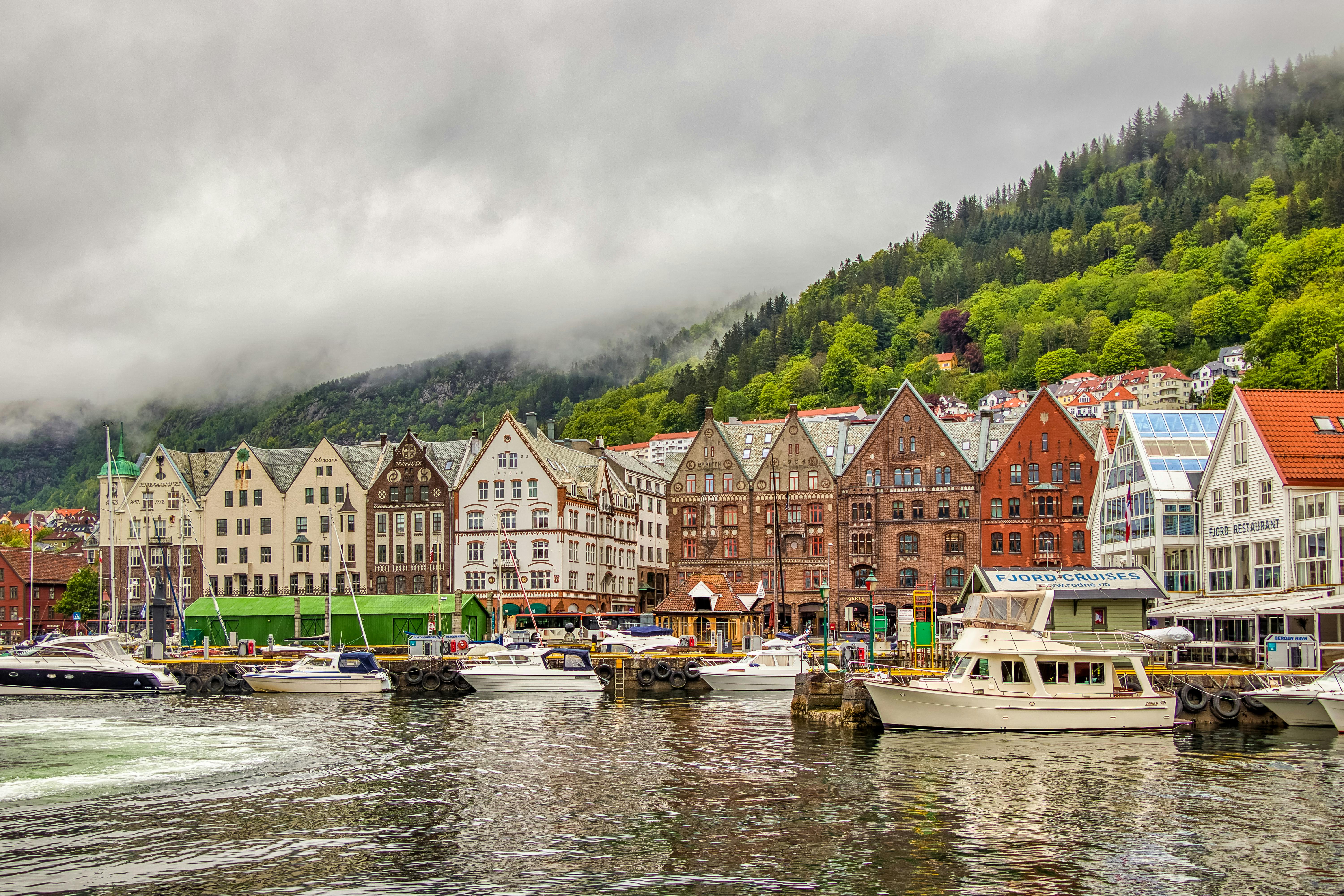When the first ships arrived in Plymouth, most shellfish were considered unfit for human consumption, due in large part to their resemblance to an insect crawling on the ocean floor. Most of the first passengers during the 17th century were from England and other UK countries and were used to eating beef, lamb and poultry. What they did consume from the ocean was generally fish, in the form of cod, haddock and sole. The servants and domestic animals were given plenty of lobster (there must have been many happy cats). Native Americans used it as a fertilizer. Imagine thousands of these spiny creatures when they were washed up on the shores of the Cape, where anyone could fill a free bucket. (Are you drooling yet?)
Despite the fact that canned goods began to emerge along the east coast two centuries later, lobster was not a desirable item on the dinner menu, but was considered a cheap and nutritious protein for the poor and prisoners alike. just like canned tuna on the west coast. . You can be sure that the foodie Thomas Jefferson never allowed the humble lobster to darken his kitchen door. Note that Americans still clung to their native British diet, which was largely based on meat. Seafood was alien to them and was not widely consumed in any way.
Slowly, lobster became more accepted, especially with train travel during the 19th century, when cross-country passengers were unfamiliar with the succulent white meat and could be fed for pennies in the dining cars. . And as wealthy tourists flocked to Cape Code each summer, the lobster was discovered and adopted, creating a surge in popularity and price.
During the 1920s, lobster prices really began to skyrocket, only to plummet during the Great Depression, when few could afford it. Because there was no shortage, lobster was not rationed during WWII and thus became a delicacy among the wealthiest. Soon after, good restaurants included it on their menus, and cookbooks praised its tasty possibilities. By the 1950s, lobster had firmly established itself as a luxury food, just below caviar, and prices responded accordingly. Americans value Maine’s prized buttered lobster tail above all else.
Currently, the business is booming. Last year, New England fishermen dumped more than 130 million pounds, totaling approximately $ 534 million. (Think of the butter needed). And that’s just US numbers. Our Canadian neighbors to the north also enjoy a thriving lobster business, with much of their bounty exported to Asia. Current prices for the Maine variety, which are considered more desirable than Canadian cousins, are around $ 9-11 a pound wholesale. The lobster langostina, which is common in the Southwest and in Mexico, is not really a lobster but another species of crab. It is sold at some fast food restaurants, is featured at concession stands and restaurants south of the border, and costs considerably less than American lobster.
So there you have it. A true saga of rags to rich. Lobster Thermidor, Lobster Mac and Cheese, Lobster Rolls, Lobster Salad, Baked New England Clams, Bisque, and just outrageously delicious Maine Lobster. Too bad someone is allergic to shellfish, because lobster ranks first on the taste scale, and lobster fans pay a high price for their favorite food. Clearly, there is no end in sight.
